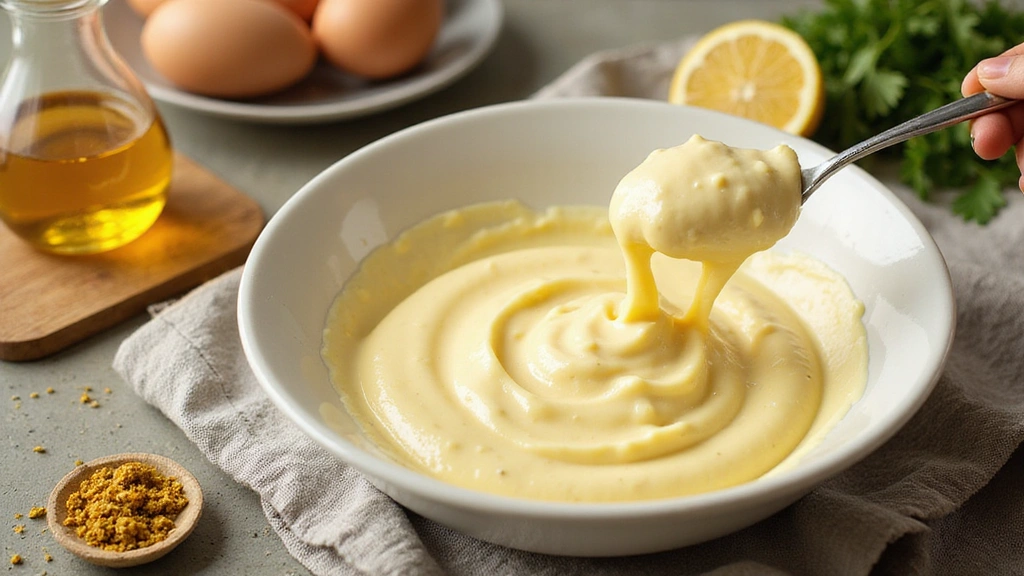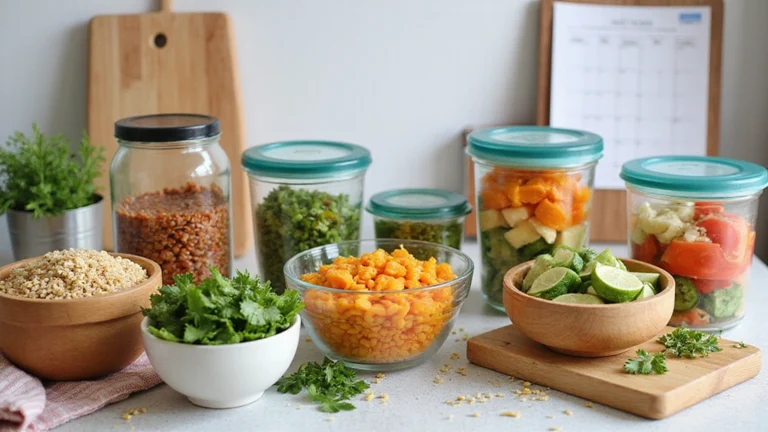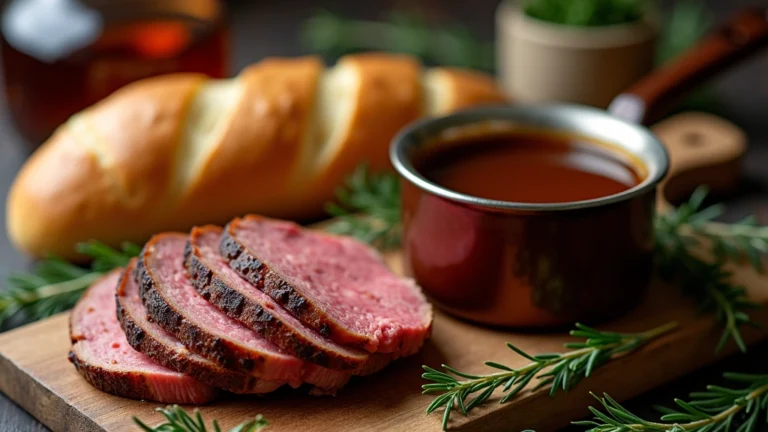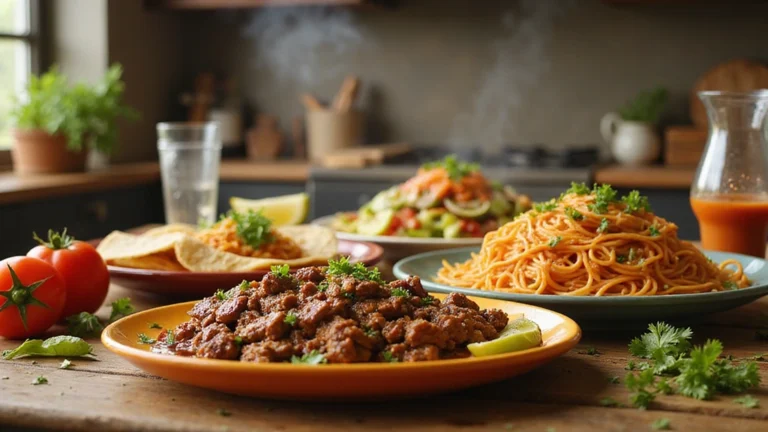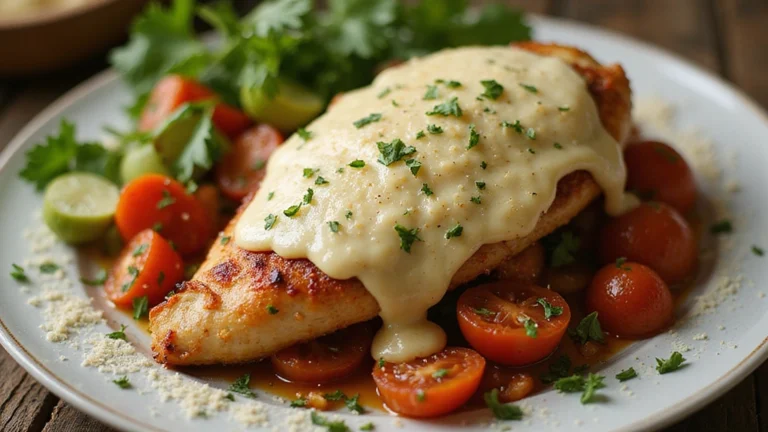How to Make Creamy Homemade Mayonnaise: A Step-by-Step Guide
How to Make Creamy Homemade Mayonnaise: A Step-by-Step Guide
Introduction
Homemade mayonnaise is a creamy, rich condiment that can elevate sandwiches, salads, and dips to a whole new level. With just a few simple ingredients and a little bit of technique, you can create a fresh, flavorful mayo that far surpasses anything you’ll find in a jar. This recipe is not only easy to follow but also allows for customization to suit your taste.
Whether you’re preparing a classic BLT, a hearty potato salad, or just looking for a dip for your vegetables, this homemade mayonnaise is a must-try. It’s perfect for gatherings, family dinners, or simply to enjoy at home!
Visual Appeal
The glossy texture and pale yellow color of freshly made mayonnaise are not only appetizing but also a testament to the quality of ingredients used. A dollop on a plate can transform any dish into a gourmet experience.
Perfect Pairing
This mayonnaise pairs beautifully with sandwiches, burgers, coleslaw, and even as a base for dressings. Its versatility makes it a staple in any kitchen.
Occasions to Serve
Homemade mayonnaise is perfect for summer picnics, barbecues, or family gatherings where fresh, flavorful food is a priority. It can also be made in advance for meal prep or special occasions.
Recipe Overview
- Servings: 1 cup
- Prep Time: 10 minutes
- Cook Time: 0 minutes
- Total Time: 10 minutes
- Calories: Approximately 90 calories per tablespoon
Nutrition Information
- Serving Size: 1 tablespoon
- Calories: 90
- Total Fat: 10g
- Saturated Fat: 1g
- Cholesterol: 5mg
- Sodium: 70mg
- Total Carbohydrates: 0g
- Protein: 0g
Cook and Prep Times
- Preparation Time: 10 minutes
- Cooking Time: 0 minutes
Ingredients List
For Creamy Mayonnaise
- 1 large egg at room temperature
- 1 tablespoon Dijon mustard
- 1 tablespoon white wine vinegar or lemon juice
- 1 cup neutral oil (like canola or grapeseed)
- Salt to taste
- Optional: Fresh herbs, garlic, or spices for flavor
Step-by-Step Instructions
- Prepare Your Equipment: Choose a tall, narrow container that fits your immersion blender. A wide-mouth jar works great.
- Add Ingredients: Place the egg, mustard, and vinegar (or lemon juice) into the container. Make sure the egg is at room temperature for best results.
- Blend the Mixture: Insert the immersion blender and blend on high speed for about 10-15 seconds until the mixture is well combined and slightly thickened.
- Incorporate the Oil: With the blender running, very slowly drizzle in the oil. Start with a few drops and, as the mayonnaise starts to thicken, you can add it in a thin stream. This emulsifies the ingredients.
- Season and Adjust: Once all the oil is incorporated and the mayonnaise is thick, taste and season with salt. You can also add any optional ingredients at this stage for flavor.
- Store or Serve: Transfer the mayonnaise to a clean jar with a lid. It can be stored in the refrigerator for up to a week.
Tips for Perfect Homemade Mayonnaise
- Use Fresh Ingredients: Fresh eggs and quality oil will make a noticeable difference in flavor.
- Room Temperature Egg: Ensure the egg is at room temperature to help with emulsification.
- Go Slow with the Oil: Adding the oil too quickly can break the emulsion, resulting in a runny mayonnaise.
Troubleshooting Common Issues
- Mayonnaise Won’t Thicken: This can happen if the oil was added too quickly. If it doesn’t thicken, try adding another egg yolk and blend again.
- Mayonnaise is Too Thick: To thin it out, add a teaspoon of water or lemon juice and blend until desired consistency is achieved.
- Flavor is Off: Adjust the seasoning with more salt or acid (vinegar/lemon juice) to balance the flavors.
Frequently Asked Questions
- Can I use olive oil instead of neutral oil?
Yes, but be aware that extra virgin olive oil has a strong flavor that can overpower the mayonnaise. - Is it safe to use raw eggs in mayonnaise?
Yes, but ensure you use fresh, high-quality eggs to reduce the risk of salmonella. - How can I make flavored mayonnaise?
You can add herbs, garlic, or spices after the mayonnaise is made for a delicious twist. - How long does homemade mayonnaise last?
It can be stored in the refrigerator for up to one week. - Can I freeze homemade mayonnaise?
It is not recommended to freeze mayonnaise as it may separate upon thawing.
Conclusion
Making creamy homemade mayonnaise is a rewarding experience that enhances the flavors of your favorite dishes. With just a few simple ingredients and a bit of technique, you can create a delicious condiment that rivals any store-bought version. Enjoy experimenting with flavors and find the perfect combination that suits your palate!

